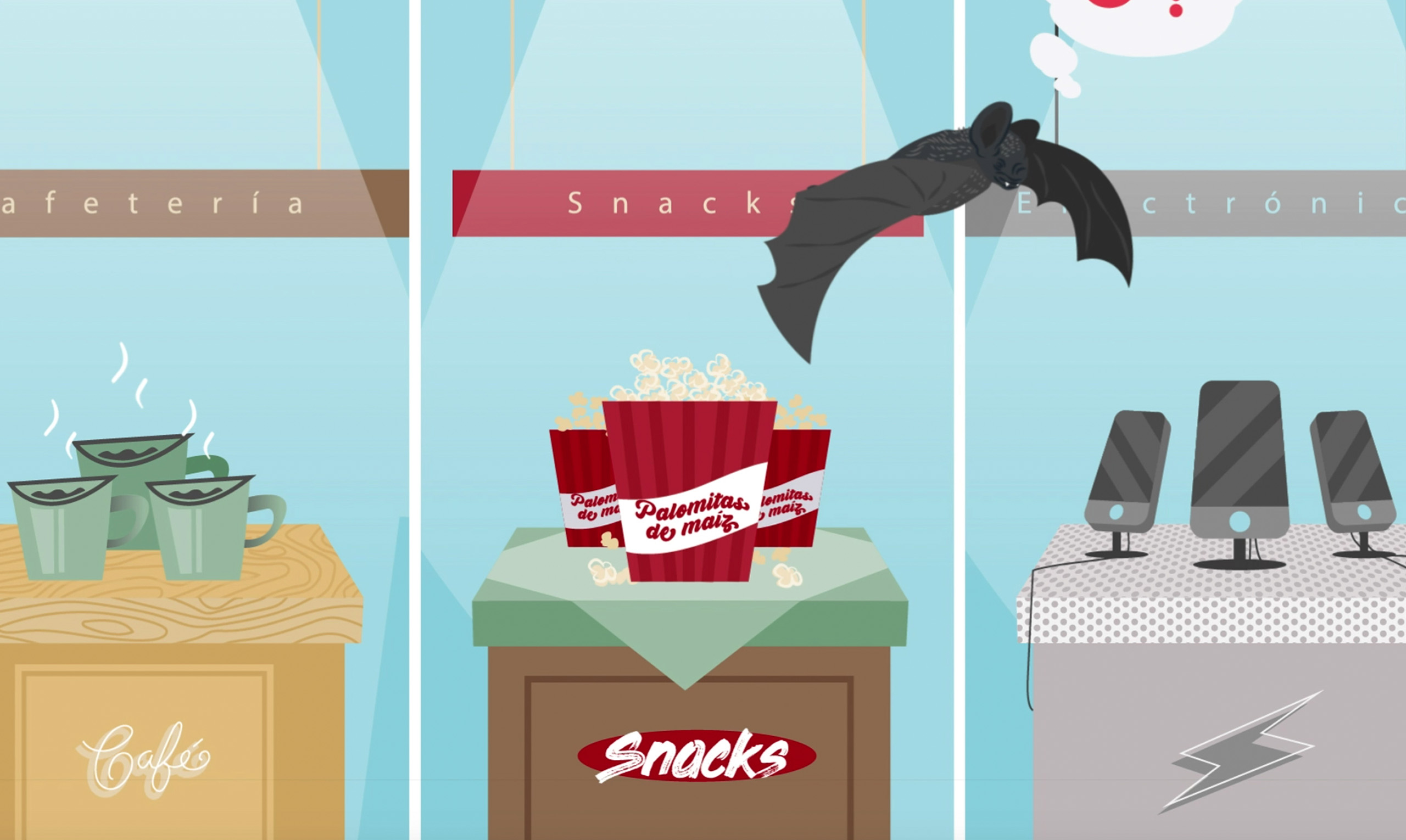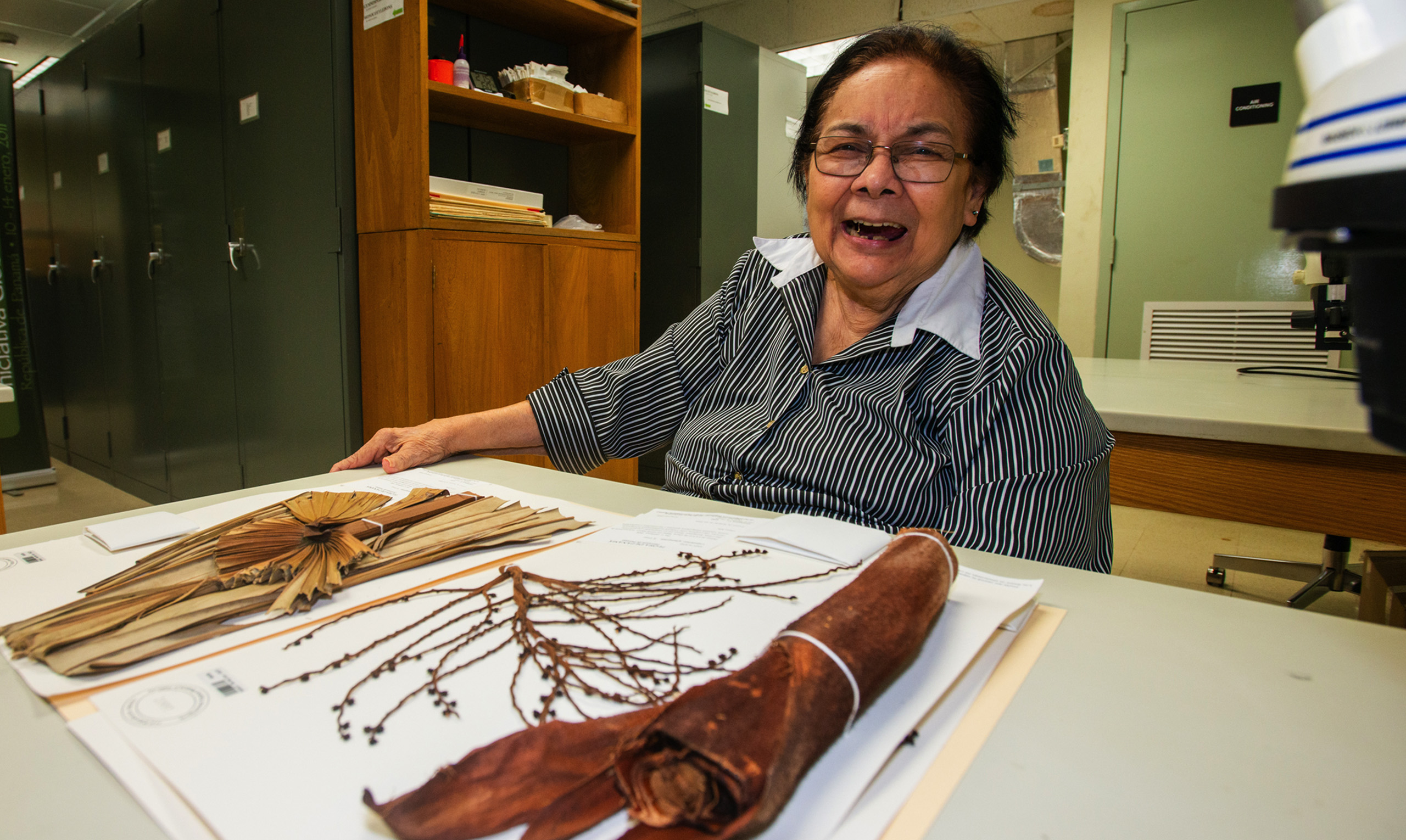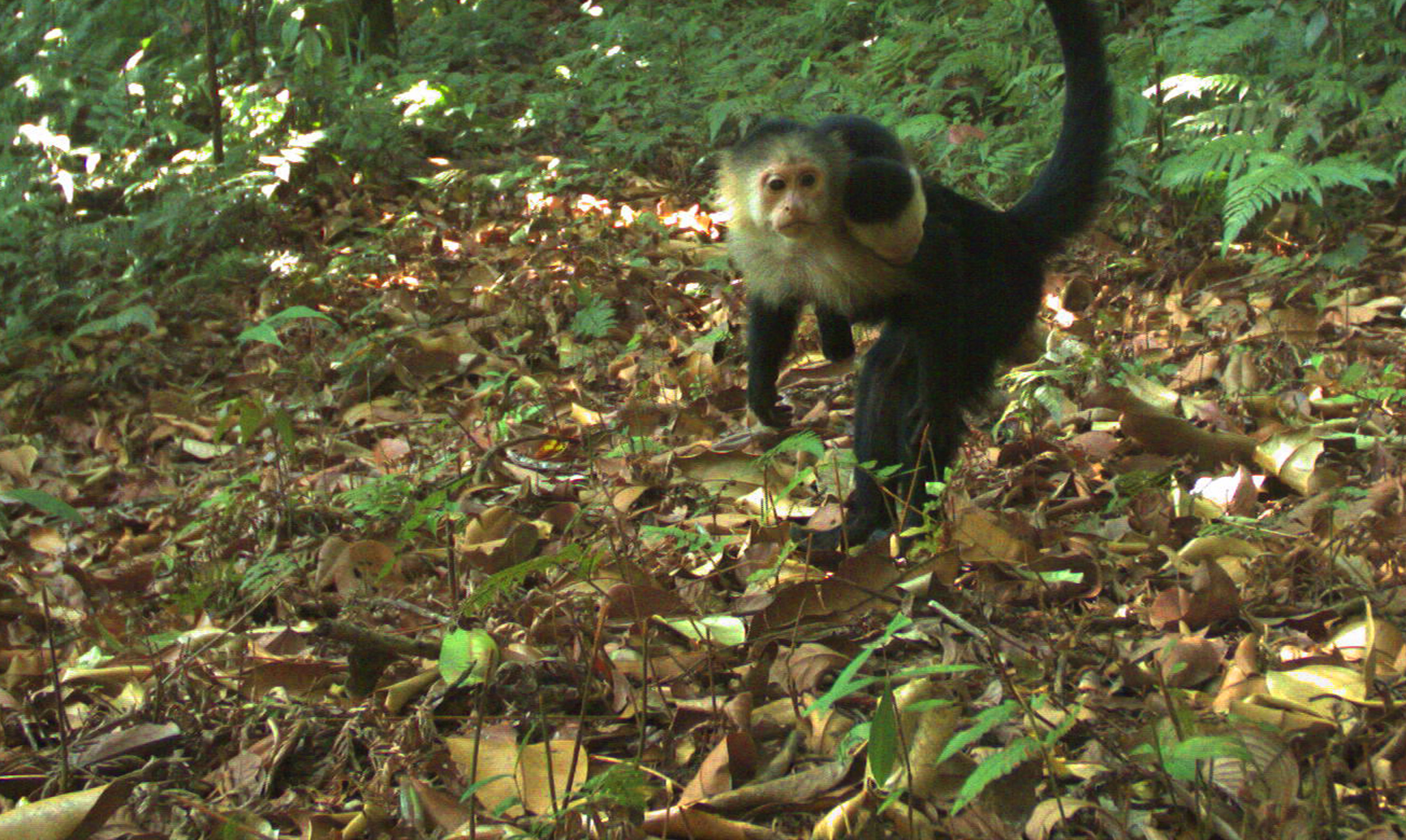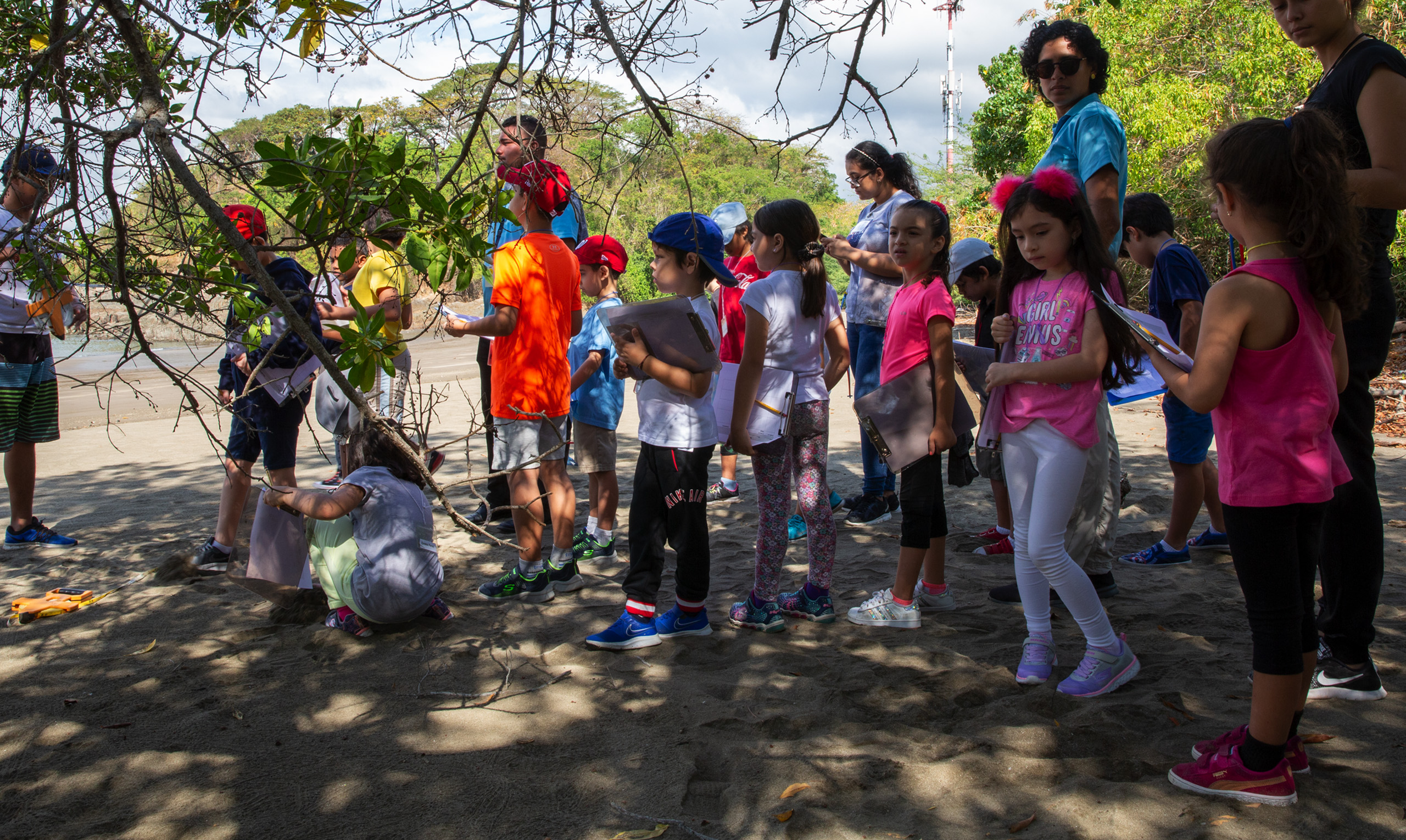Irrational choices
Bats fall for
the Decoy Effect
How does having a third choice (a decoy) change the way fruit-eating bats choose what to eat?
Story location
Panama
Animal Behavior Zoology Biodiversity Taxonomy Origins of Species and Societies Gamboa magenta
Rachel Page
magenta
Rachel PageIrrational
choices



















